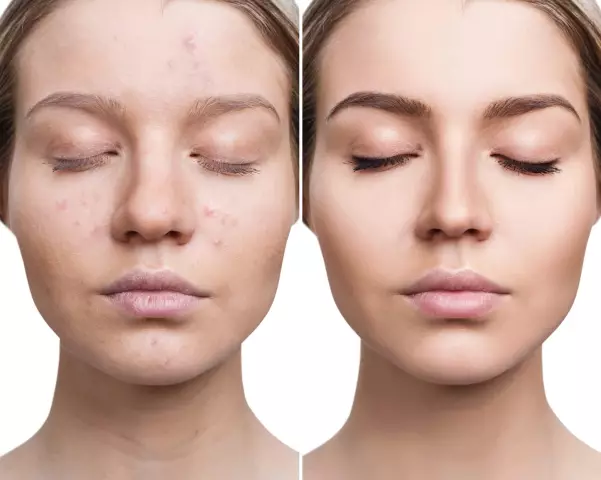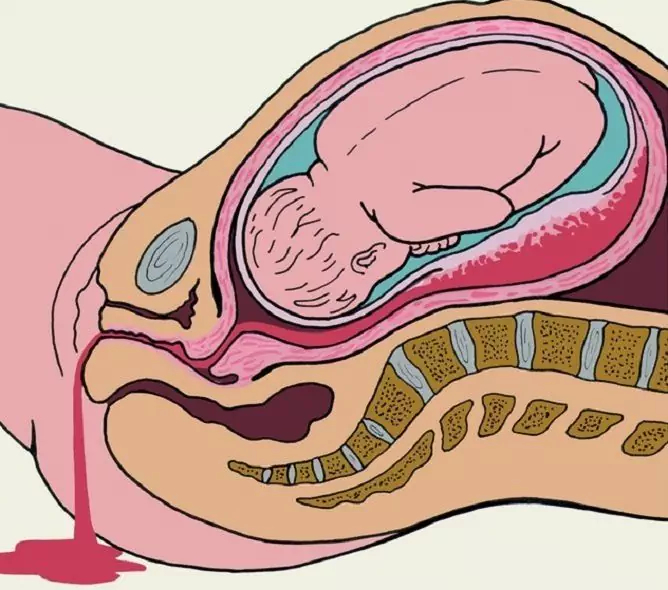- Author Rachel Wainwright [email protected].
- Public 2023-12-15 07:39.
- Last modified 2025-11-02 20:14.
Hypokinesia

The state of low motor activity of a person, accompanied by a limitation of the amplitude, volume and rate of movements, is called hypokinesia. The development of the disease is possible against the background of mental and neurological disorders, including parkinsonism, and similar extrapyramidal syndromes, as well as catatonic, depressive and apathetic stupor.
A sedentary lifestyle of a person or low labor activity directly affects the development of the disease. The consequence of work associated with the monotony of movements, low costs for muscle work, lack of movement or the local nature of muscle activity, in which a person is forced to stay in a fixed position for a long time, often is not only hypokinesia, but also hypodynamia.
The disease can also occur against the background of intense work activity associated with the monotonous work of a certain muscle group (cashiers, programmers, accountants, operators, etc.).
To determine the degree of hypokinesia in medical practice, it is customary to take into account the patient's energy consumption, calculated by determining the amount of energy that was spent on muscle activity in a short period of time. The degree of the disease can vary - from a slight limitation of physical activity to its complete cessation.
Hypokinesia and its consequences
Hypokinesia has a negative effect on the functional activity of the internal organs and systems of the body, the patient's resistance to adverse environmental factors decreases, strength indicators and endurance decrease.
The consequence of hypokinesia is a deterioration in human health, disruption of the cardiovascular system, the patient's heart rate drops, ventilation of the lungs decreases, changes occur in the vascular system, leading to stagnation of blood in the capillaries and small veins. As a result of these processes, swelling of various parts of the body occurs, stagnation forms in the liver and absorption of substances in the intestine decreases.
Hypokinesia and its consequences have a negative effect on the work of the joints - they lose their mobility due to a decrease in the amount of joint fluid.
Physical inactivity and hypokinesia lead to the following negative consequences from various body systems:
- Decrease in efficiency and functional state of the body;
- Atrophy, loss of weight and volume of muscles, deterioration of their contractile abilities and blood supply, replacement of muscle tissue with a fat layer, as well as loss of protein;
- Weakening of the tendon-ligamentous apparatus, impaired posture and the development of flat feet;
- Loss of intercentral interconnections in the central nervous system during hypokinesia, changes in the emotional and mental spheres, deterioration of the functioning of sensory systems;
- The development of hypotension, which significantly reduces the physical and mental performance of a person;
- Decrease in indicators of maximum pulmonary ventilation, vital capacity of the lungs, depth and volume of breathing;
- Atrophy of the heart muscle, deterioration of myocardial nutrition and blood flow from the lower extremities to the heart, a decrease in its volume, as well as an increase in the time of blood circulation.
According to statistics, almost 50% of men and 75% of women suffer from hypokinesia, and these rates are higher among residents of northern countries than in other regions.
Prevention of hypokinesia
Regardless of the state of health, absolutely all people are advised to follow the principles of proper nutrition and exercise regularly in order to maintain a normal lifestyle.
For the prevention of hypodynamia and hypokinesia, people whose work activities are not associated with physical labor are recommended to exercise daily, take walks, run, swim, ride a bicycle, etc. In between work, it is necessary to carry out a light warm-up, it is important to improve the workplace, purchase a chair with a fixing back, and often change posture when seated.
It is important to make it a rule not to use the elevator and public transport if you need to travel a short distance, even such a seemingly insignificant load will help improve the physical condition of a person.
Hypokinesia treatment
With a low degree of hypokinesia, a person will only need to increase the level of physical activity - regularly engage in any kind of sport. In more severe cases, if hypokinesia is a consequence of another disease, it is necessary to eliminate the cause that caused its appearance.

In some cases, treatment of hypokinesia is possible only in combination with physical activity with drug therapy. Medications are often prescribed that work at the level of neurotransmitters, which improve neuromuscular conduction and regulate muscle tone.
In the early stages of hypokinesia, especially in patients with Parkinson's disease, dopaminergic drugs may be prescribed, the action of which becomes ineffective as their consumption increases.
Hypokinesia is a person's low physical activity, which can be associated with a passive lifestyle or sedentary work, or occurs against the background of other diseases, including depressive conditions. Hypokinesia and its consequences negatively affect the health of a person in general, endanger his normal lifestyle, and also affect the psychological state of the patient.
Prevention of the disease includes both a person's adherence to the principles of a healthy diet, and regular implementation of aerobic and strength physical exercises. Treatment of hypokinesia is a complex therapy that includes a gradual increase in the patient's physical activity (exercise therapy) and the appointment of a number of drugs, depending on the degree of the disease.
The information is generalized and provided for informational purposes only. At the first sign of illness, see your doctor. Self-medication is hazardous to health!






